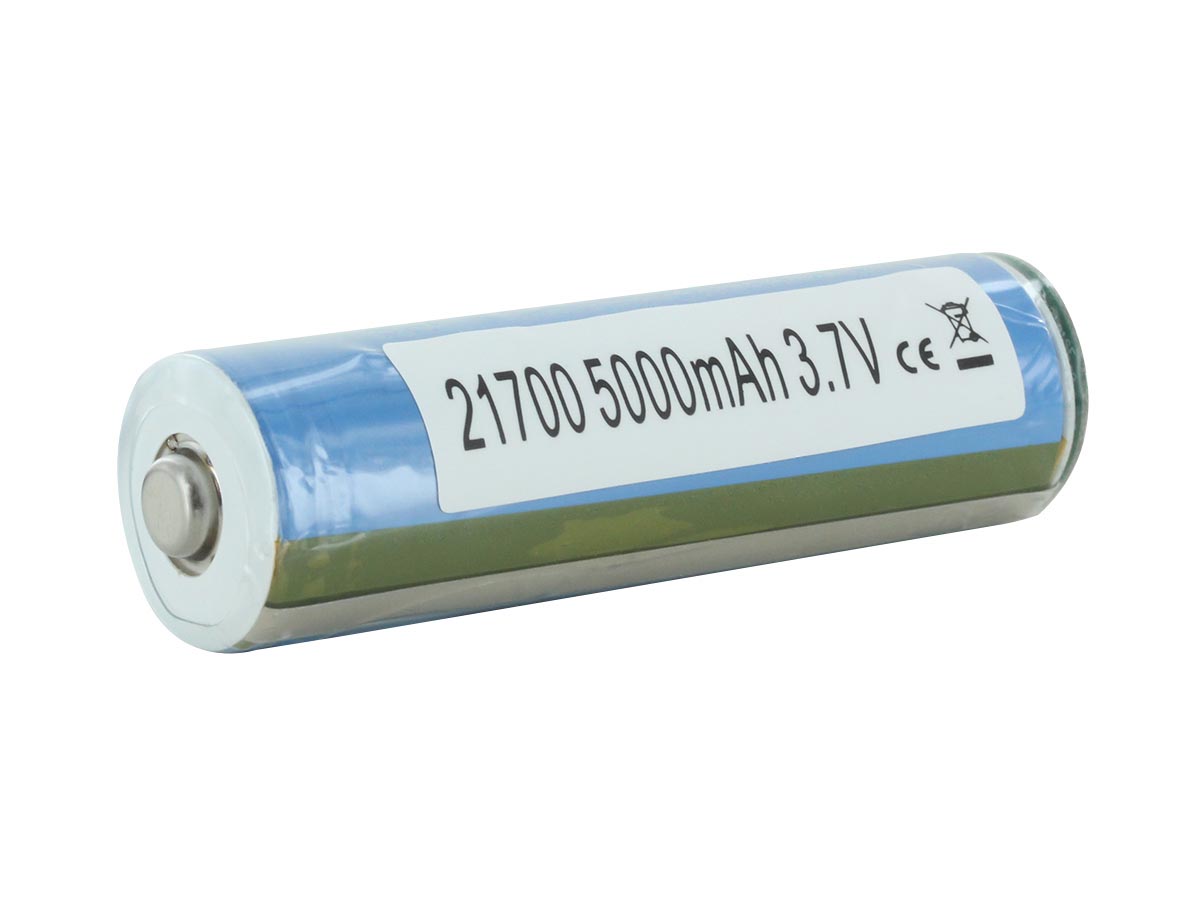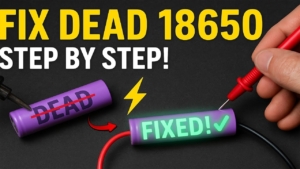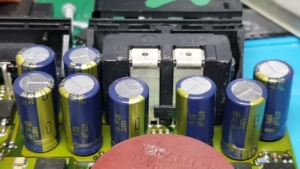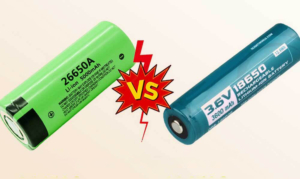Battery technology has come a long way in recent years, with advancements in both capacity and performance. One of the more popular battery types that have emerged is the 21700 battery. But how long does a 21700 battery last? In this article, we will explore the factors that influence the lifespan of these batteries, how to determine their expected life, and tips for prolonging their usage.

What is a 21700 Battery?
Size and specifications
A 21700 battery is a type of lithium-ion rechargeable battery. Its name is derived from its dimensions, which are approximately 21mm in diameter and 70mm in length. They offer higher energy density and capacity than their smaller counterparts, such as the 18650 battery.
Popular applications
21700 batteries are commonly used in electric vehicles, power tools, and high-performance flashlights, among other applications. Their increased capacity makes them ideal for devices that require a lot of power for extended periods.
Factors Affecting 21700 Battery Life
Capacity
The capacity of a 21700 battery, measured in milliamp-hours (mAh), is a significant factor that affects its overall lifespan. A higher-capacity battery can store more energy and typically lasts longer than one with a lower capacity.
Discharge rate
The discharge rate of a 21700 battery, also known as its “C-rate,” indicates how quickly the battery can provide power. A higher discharge rate can reduce the battery’s overall lifespan, as it can generate more heat and cause increased wear on the battery’s components.
Temperature
Extreme temperatures can have a significant impact on a 21700 battery’s lifespan. Both high and low temperatures can cause the battery to degrade quickly and lose capacity over time.
Charge cycles
A charge cycle is a full battery discharge followed by a complete recharge. The number of charge cycles a 21700 battery can undergo before its capacity degrades significantly influences its lifespan.
How to Determine a 21700 Battery’s Lifespan
Manufacturer’s specifications
To determine a 21700 battery’s expected lifespan, it’s essential to consult the manufacturer’s specifications. These documents usually provide information on the battery’s capacity, discharge rate, and the number of charge cycles it can undergo before losing significant capacity.
Calculating battery life based on usage
You can estimate the battery’s lifespan based on its capacity and discharge rate by understanding your device’s power requirements and usage patterns. The more frequently you use the device and the more demanding its power requirements, the shorter the battery life will be. Remember that this is just an estimate, and battery life may vary depending on various factors, including temperature and proper care.
Tips for Prolonging 21700 Battery Life
Proper storage
To extend the life of your 21700 battery, store it in a cool, dry place away from direct sunlight or heat sources. Ideally, store the battery at a charge level of around 50% to prevent capacity loss.
Avoid overcharging and deep discharging
Overcharging and deep discharging can reduce the lifespan of a 21700 battery. To prevent this, use a quality charger with an automatic cutoff feature that stops charging when the battery is full. Also, avoid discharging the battery below its recommended minimum voltage.
Monitor temperature
As mentioned earlier, temperature significantly affects a 21700 battery’s lifespan. Keep the battery within its recommended temperature range during use, charging, and storage.
Use a quality charger
Investing in a high-quality charger can help prolong the life of your 21700 battery. A quality charger will have features such as overcharge protection, temperature monitoring, and the ability to charge at the optimal rate for your battery.
Comparing 21700 Batteries to Other Battery Types
18650 batteries
18650 batteries are another popular type of lithium-ion battery, with dimensions of 18mm in diameter and 65mm in length. While they have a lower capacity than 21700 batteries, they are more compact, making them suitable for smaller devices.
26650 batteries
26650 batteries are larger lithium-ion batteries, with dimensions of 26mm in diameter and 65mm in length. They generally have a higher capacity than 18650 and 21700 batteries, but their larger size makes them less suitable for compact devices.
Conclusion
The lifespan of a 21700 battery depends on several factors, including its capacity, discharge rate, temperature, and the number of charge cycles it undergoes. Understanding these factors and properly caring for your battery can help prolong its life and maximize your investment. When choosing a battery for your device, consider the trade-offs between size, capacity, and performance offered by different battery types, such as 18650 and 26650 batteries.
FAQs
- What devices commonly use 21700 batteries? 21700 batteries are often found in electric vehicles, power tools, and high-performance flashlights, among other devices that require a high-capacity power source.
- How can I maximize the lifespan of my 21700 battery? To prolong your battery’s life, store it properly, avoid overcharging and deep discharging, monitor its temperature, and use a quality charger.
- Can I use a 21700 battery in a device designed for 18650 batteries? Generally, 21700 batteries cannot be used in devices designed for 18650 batteries due to their larger size. However, some devices can accommodate both types using an adapter.
- How many charge cycles can a 21700 battery typically withstand? The number of charge cycles a 21700 battery can undergo before losing significant capacity varies by manufacturer and model but typically ranges from 300 to 1,000 cycles.
- What is the ideal storage temperature for a 21700 battery? The ideal storage temperature for a 21700 battery is typically between 10°C and 25°C (50°F and 77°F). Be sure to consult the manufacturer’s specifications for specific storage recommendations.










